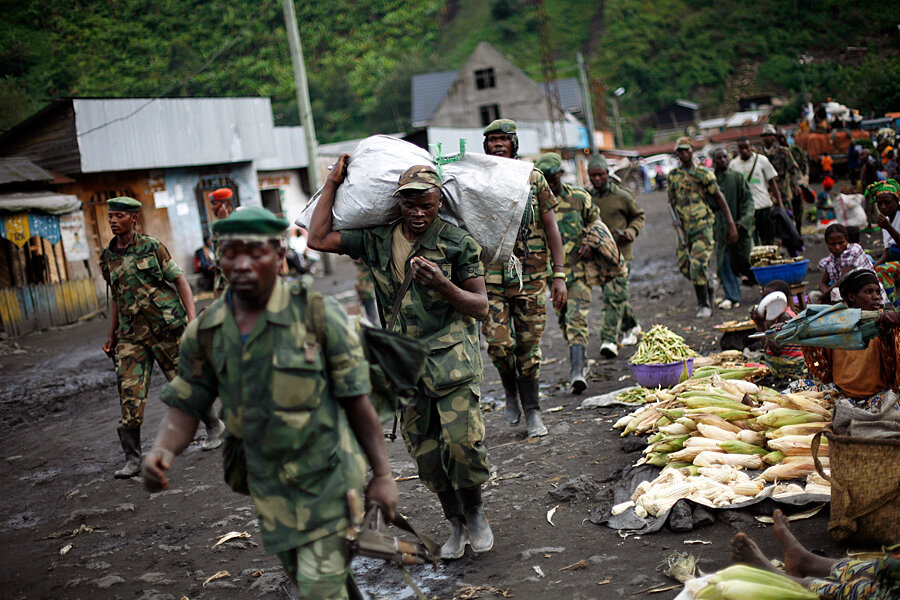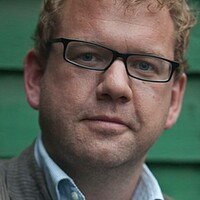M23 ready to drop the gun in East Congo amid hopes for peace
Loading...
| Mombasa, Kenya
The main rebel fighting force in the east of the Democratic Republic of Congo Tuesday declared an end to its armed struggle, after days of military defeats left its forces scattered and cowed.
The M23 guerrillas have waged an 18-month insurrection so ferocious that it has forced 800,000 people to flee their homes and left thousands of others dead, wounded, or raped.
International peace talks aimed at ending the conflict, considered promising, collapsed last month. This was apparently the signal for an all-out assault by Congo’s reinvigorated national army, which pushed the rebels from their territory and Tuesday left their commanders throwing in the towel.
While reports of scattered fighting continue, the ostensible end of the conflict has raised hopes that eastern Congo could enjoy a period of calm that would allow refugees to return home, farms to be planted, and homes rebuilt.
But there have been many such moments since the outbreak of sustained civil war in Congo in 1996, and the fighting has always returned. Although the M23 rebels may now be asking for peace amid some evidence that the Rwandan government has backed off of supporting them, there are at least 20 other armed groups still fighting in the region’s forests and mountain-sides.
Bertrand Bisimwa, leader of the M23, said that after Tuesday his supporters would seek to resolve their grievances through “political means only."
"The chief of general staff and the commanders of all major units are requested to prepare troops for disarmament, demobilization, and reintegration on terms to be agreed with the government of Congo," Mr. Bisimwa said in a statement.
It is expected that peace talks, being held in the Ugandan capital, Kampala, would now begin again.
The US special envoy to the region, Russ Feingold, said he welcomed the M23 announcement, and added that it was a “critical and exciting step in the right direction.”
Mr. Feingold, speaking in South Africa, said that Congo’s government should match the rebel army’s move and stop all military activity to allow disarmament of the former guerrillas.
“Despite the bumps in the road, this is an important step in the right direction,” Feingold told reporters in Pretoria. “Everybody has to keep to their commitments.”
The final fighting began on Oct. 25 when Congolese army units and UN forces reinforced positions both north and south of M23 territory, in the area around the city of Goma on the border with Rwanda.
In the past, Congo’s army was regarded as notoriously ill-disciplined, largely because it was poorly equipped and rarely paid. But a new commander has streamlined its hierarchy, ensured salaries are sent, and that supplies are organized.
This boosted morale, and with the help of a newly-robust UN “intervention brigade,” gave the momentum that meant that by Oct. 30 the M23’s remaining troops abandoned their headquarters at Bunagana on the Ugandan border.
All previous attempts to end the 18-month M23 rebellion have failed. It follows the close to two decades of earlier civil war that killed as many as five million people.
The M23 was formed when Tutsi officers and foot-soldiers from Congo’s national army mutinied in April 2012 and fled with weapons and ammunition into the bush.
Their military aim appeared to be to control territory previously overrun by forces from a rival rebel group, the FDLR, originally led by Rwandan Hutus who fled to Congo after allegedly directing the 1994 genocide.
Eastern Congo is rich in minerals including gold and coltan, used in electronics including most mobile phones, and the rebellion soon turned into an outfit dedicated to looting mines for profit.








